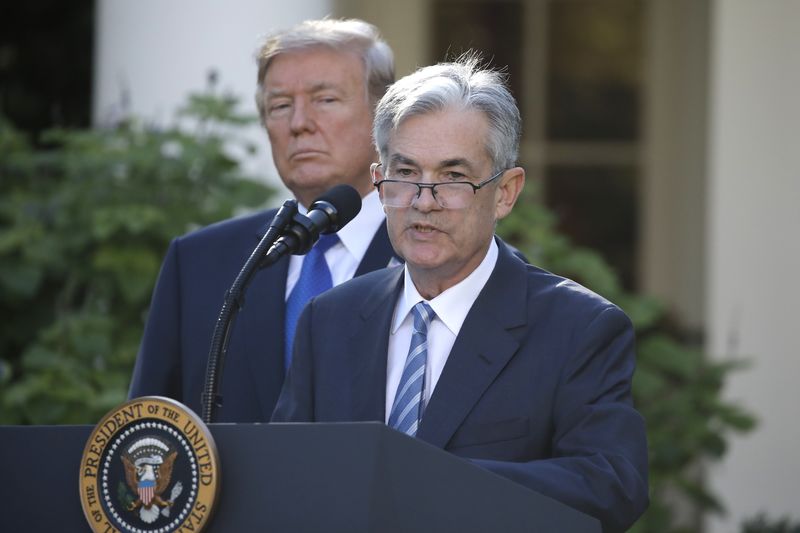 © Reuters. A general view of the Centenario deep-water oil platform in the Gulf of Mexico off the coast of Veracruz
© Reuters. A general view of the Centenario deep-water oil platform in the Gulf of Mexico off the coast of VeracruzBy Henning Gloystein
SINGAPORE (Reuters) – Oil markets firmed on Friday, supported by confident sentiment as OPEC-lead supply cuts help tighten the market, but analysts cautioned that the cuts would need to be extended to counter rising U.S. output.
Brent futures (), the international benchmark for oil prices, were at $60.87 per barrel at 0013 GMT, up 25 cents or 0.4 percent from their last close. Brent has risen by some 37 percent since its 2017-lows last June.
U.S. West Texas Intermediate (WTI) crude () was at $54.91 a barrel, up 37 cents, or 0.7 percent, from the last close. WTI is about 30 percent above its 2017-low in June.
The bullish market sentiment has been fueled by an effort this year by the Organization of the Petroleum Exporting Countries (OPEC) and Russia to hold back about 1.8 million barrels per day (bpd) in oil production to tighten markets.
Trade data shows that global oil markets have been slightly undersupplied during the past quarters, resulting in fuel inventory drawdowns.
The pact to withhold supplies runs to March 2018, but there is growing consensus to extend the deal to cover all of next year.
Analysts say that without an extension of the cuts, a supply glut comparable to that of 2014 to 2016 could quickly re-emerge especially due to rising U.S. production.
“Our oil balance numbers imply a modest global drawdown of inventories in 2017, not nearly enough to reverse the large builds seen from 2014 to 2016. What’s more, our balance points to the resumption of global stock builds in 2018,” said Harry Tchilinguirian of French bank BNP Paribas (PA:) in a note to clients.
Because of that, he said “we see no other option for OPEC and Russia than to agree to an extension of supply cuts past March 2018.”
Tchilinguirian said that rising U.S. output, which has jumped by more than 13 percent since mid-2016 to 9.6 million bpd
The Energy Information Administration (EIA) said this week that the latest U.S. crude oil export figures had hit a record 2.1 million bpd.
“With the U.S. oil surplus increasingly exported to Atlantic Basin markets and further ashore to OPEC’s hitherto captive markets in Asia, it may be difficult for Brent to hold on to $60 per barrel in 2018,” he said.
The French bank said it expected WTI and Brent to average $50 per barrel and $55 per barrel, respectively, in 2018.
Fusion Media or anyone involved with Fusion Media will not accept any liability for loss or damage as a result of reliance on the information including data, quotes, charts and buy/sell signals contained within this website. Please be fully informed regarding the risks and costs associated with trading the financial markets, it is one of the riskiest investment forms possible.
Source: Investing.com





























